Introduction
As more households welcome furry friends into their families, ensuring a safe and affectionate environment for pets becomes increasingly crucial. Among these considerations is the pivotal task of selecting dog-safe plants for both indoor and outdoor spaces. For pet owners, this decision doesn't only concern aesthetics, as choosing non-toxic flora is paramount for the wellbeing of their loyal companions. Despite the enchantment of vibrant gardens and lush indoor greens, not all plants complement a pet-friendly environment. Many common garden plants pose significant health risks to our four-legged friends. According to the ASPCA, nearly 25% of all calls to their Animal Poison Control Center pertain to pet exposure to toxic plants. This startling statistic underscores the substantial threat toxic flora can pose to our beloved pets.Understanding the Importance of Dog Safe Flowers

2.1 Pet Safety in Home and Garden
Integrating pets into our lifestyles extends beyond their diet and physical activity; it encompasses every element of their environment. Pets, particularly dogs, are naturally inquisitive and tend to explore their surroundings with keen noses and eager mouths.2.2 Common Scenarios and Dangers
Imagine your dog romping through your backyard, basking in the sunshine, or nestling against a potted plant while napping in your living room. In both scenarios, dogs can come into contact with plants which, if toxic, can lead to ingestion, resulting in adverse effects like minor stomach upsets to severe organ damage. Beyond ingestion, some plants can cause skin irritations or allergic reactions, necessitating thoughtful selection by pet owners. Understanding what species are safe can allay any fear of accidental poisonings, keeping tails wagging and spirits high.Guide to Dog Safe Flowers and Plants
3.1 Top Dog-Safe Flowers
For those passionate about maintaining a lively yet pet-friendly garden or indoor space, exploring dog-safe flowers serves as a sound investment in safety and aesthetics.3.1.1 Roses

3.1.2 African Violets
With hues ranging from deep purples to delicate pinks, African Violets hold the dual advantage of safety and beauty. These charming flowers flourish indoors, complementing any living space without presenting any known toxic risks to dogs.3.2 Recommended Non-Flowering Dog-Safe Plants
While flowers add splashes of color, many non-flowering plants present opportunities to marry greenery with safety.3.2.1 Bamboo Palm
Bamboo Palms are renowned not only for their elegance but also for their non-toxic nature, offering a lush refreshment to indoor and outdoor environments. For households sharing space with dogs, these palms provide a wonderful blend of exotic charm and safety. Explore some of our exquisite Adonidia Palm options like the single, double, or triple configuration, ideal for any space.3.2.2 Spider Plant
Spider Plants are particularly adored for their resilience and air-purifying qualities. These plants pose no risks to dogs, making them a steadfast choice for pet owners looking to enhance the visual appeal of a home or garden.Real Stories: Impact of Non-Safe Plants

4.1 A Subtle Threat
Real-life scenarios reveal the hidden dangers posed by toxic plants. Jane, a dedicated dog-lover from Oregon, was devastated when her Golden Retriever, Max, fell ill after consuming daffodil bulbs. The ingestion led to severe symptoms and a difficult recovery, enlightening Jane to the significance of selecting pet-safe flora.4.2 Shifting Perspectives
Such experiences are unfortunately common, leading many pet owners to re-evaluate their garden choices. Educating ourselves about which plants pose dangers can help safeguard our beloved pets from preventable health crises.Incorporating Dog Safe Flowers into Your Spaces
5.1 Indoor Safety and Decoration
Decorating interiors with dog-safe plants can transform any space into a vibrant, inviting, and worry-free zone. Our selection of Aglaonema Silver Bay is perfect for adding a touch of silver elegance.5.2 Designing a Pet-Friendly Garden
When landscaping, incorporating layers of dog-safe greenery and flowers enhances your garden's beauty while ensuring your pet's safety remains uncompromised. Opting for non-toxic species like the Butterfly Palm can introduce an island-like vibe, creating a restful retreat for both you and your pet.
Conclusion
At Plantology, we understand that safeguarding our pets' health is just as important as enhancing our homes and gardens. The market is rich with dog-friendly plants that embody both beauty and safety. By choosing carefully, you craft a home where both your plants and pets flourish harmoniously. As you redesign and enrich your living spaces, remember Plantology's commitment to providing pet-considerate plant options. Visit Plantology to explore a diverse selection of dog-safe plants and start creating spaces where safety and style coalesce. While ensuring pet safety may seem like a complex process, we're here to help guide you in selecting the perfect dog-friendly plants that resonate with your vision and care for your beloved pets. Embrace the union of joyful gardens and joyful pets with Plantology's range of enchanting, yet safe, plant options.Expanding Your Knowledge: Dog-Safe Plant Varieties
To enhance your understanding and broaden your options for creating a dog-friendly home, it's important to learn about a variety of dog-safe plants beyond those commonly recommended. Each plant offers something unique, be it aesthetic appeal, air purifying qualities, or ease of care.6.1 Exploring Dog-Safe Perennials and Shrubs
Incorporating perennials and shrubs into your landscape can offer year-round beauty while safeguarding your pets. Let's delve into some exceptional choices:6.1.1 Marigolds

6.1.2 Magnolia Bushes
Renowned for their showy flowers and gentle fragrance, Magnolias are both elegant and safe for pets. The large blossoms can serve as a stunning focal point in your garden, adding a touch of classic sophistication without posing health risks to your furry friends.6.2 Succulents and Cacti: Stylish and Secure
Succulents and cacti are gaining popularity for their low-maintenance needs and contemporary appeal. Fortunately, several varieties are safe for dogs:6.2.1 Haworthia
Haworthia plants, with their compact size and rosette form, make for excellent indoor or patio decor. They're non-toxic to dogs and incredibly resilient, thriving with minimal care. Their architectural form brings an element of modern elegance to your living spaces.6.2.2 Echeveria
The rosette-shape and pastel tones of Echeveria make them a favorite among plant enthusiasts. They pose no threat to dogs and can be arranged in terrariums or small potted gardens, adding a touch of tranquility and style to any room.6.3 Herb Gardens: Culinary Delights and Safety

6.3.1 Basil
Sweet basil is a staple in many kitchens, known for its aromatic leaves which elevate various dishes. It's safe for dogs, and planting it in your garden can provide fresh herbs for your recipes while adding a lush greenery that's harmless to pets.6.3.2 Parsley
Beyond its culinary uses, parsley can serve as a refreshing addition to your garden. This mild-flavored herb is safe for dogs in small quantities and can also aid in freshening your pet’s breath when mixed into their diet.Crafting Zones of Tranquility: Designing a Pet-Friendly Sanctuary
Incorporating dog-safe plants is only one component of a pet-friendly garden. Thoughtful design choices can transform your home into a sanctuary of safety and beauty for both pets and humans alike.7.1 Incorporating Height and Space
When designing your garden, consider the dimensions of your space and your pet's habits. Multi-layered plantings would naturally divide areas, creating paths shaded by taller trees and enhanced by shorter shrubs and ground covers. This not only enhances visual interest but also gives your pet pathways to explore.7.1.1 Using Tall Plants for Privacy
Utilize taller, non-toxic plants such as Hibiscus or Bamboo to create natural barriers that secure your garden’s boundary. Such plants can simultaneously offer privacy and protection from external distractions or hazards while contributing to the layered aesthetic.
7.1.2 Designing with Ground Covers
Ground cover plants like Creeping Thyme or Irish Moss are gentle to the paws, resilient, and safe for dogs. They can extend across walkways or garden edges, creating a soft, interconnected mat of greenery.7.2 Water Features and Pet Safety
Including water features such as small ponds or fountains can add a refreshing element to your garden. Ensure these features are pet-accessible yet safe, with filtered water and shallow areas for dogs to enjoy particularly during hot days.7.2.1 Importance of Secure Borders
While designing ponds or fountains, the edges should be secured to prevent accidental falls. Stones or low fencing can deter mishaps while adding a rustic touch to your landscaping.Expert Tips for Maintaining Pet-Friendly Indoor Spaces
Transforming indoor spaces into pet-safe havens involves integrating safe plants thoughtfully while maintaining aesthetic charm and ease of care.8.1 Selecting Containers and Arrangements
The choice of plant pots and arranging them artfully can significantly impact both functionality and design:8.1.1 Choosing the Right Pot
Opt for sturdy pots that cannot be easily knocked over. Ceramic or weighted pots prevent playful dogs from toppling plants, thus avoiding messes or damage. Additionally, choose pots with good drainage to prevent overwatering, thus keeping plant health at optimum levels.8.1.2 Elevated Arrangements

8.2 Integrating Technology for Plant Care
For ease of maintenance and to enhance your plant-keeping efforts, technology can be a gardener’s best ally:8.2.1 Smart Plant Monitors
Utilize smart plant monitors that measure soil moisture, light, and temperature, sending alerts to your phone. These gadgets help ensure your dog-safe plants thrive with minimal effort, offering peace of mind for the busy pet parent.8.2.2 Automated Watering Systems
For those frequently away from home, automated watering systems ensure plants receive adequate hydration. These systems can be set to specific schedules, which is ideal for maintaining healthy plants without the constant need to remember each plant's watering needs.A Final Note on Community and Support
Creating a safe environment for your pets is a journey best undertaken with the help of community and professional guidance.9.1 Engaging with Local Plant Shops and Garden Societies
Visit local nurseries and plant shops for firsthand advice and plant sourcing; they often provide insights specific to your locale’s climate and soil type. Joining garden societies can connect you with fellow plant lovers and pet owners who can share tips, experiences, and support.9.2 Online Resources and Community Forums




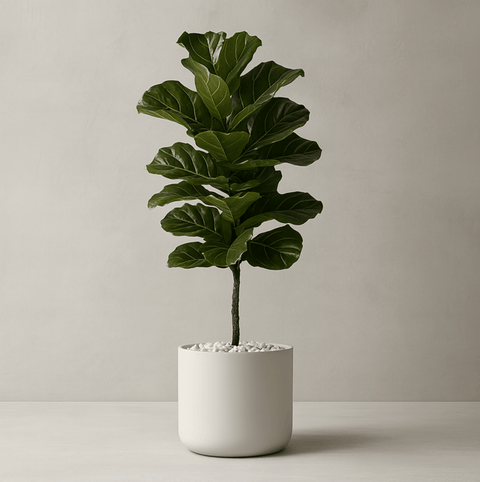
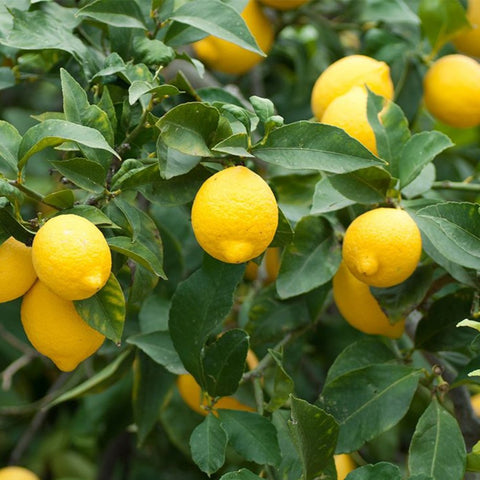
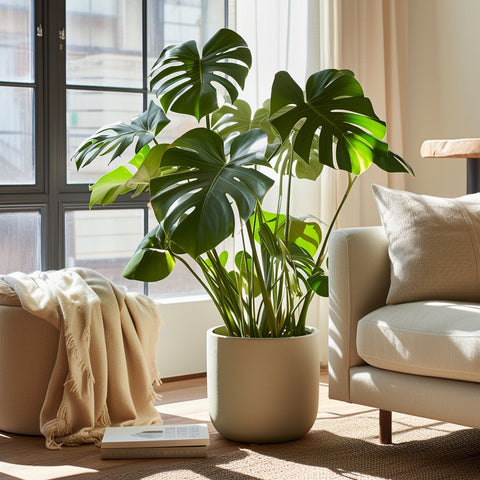
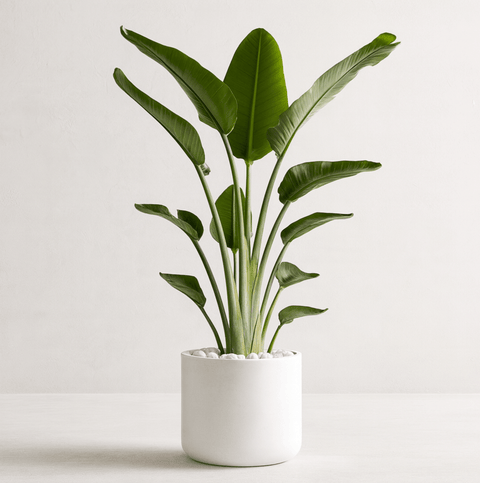
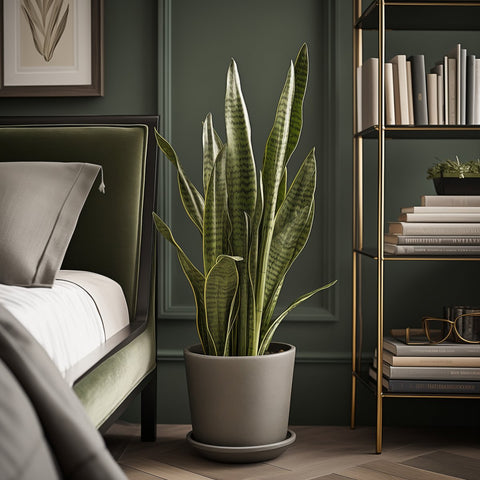
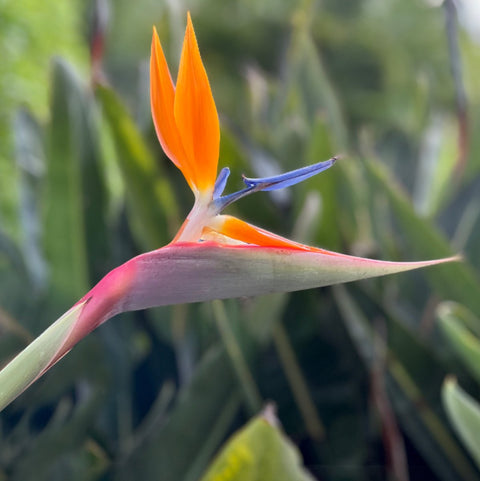
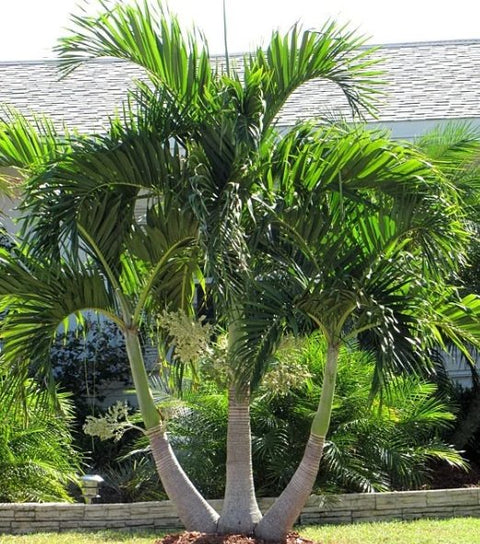
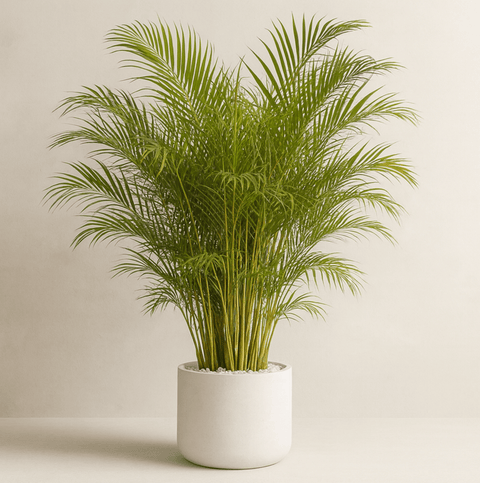
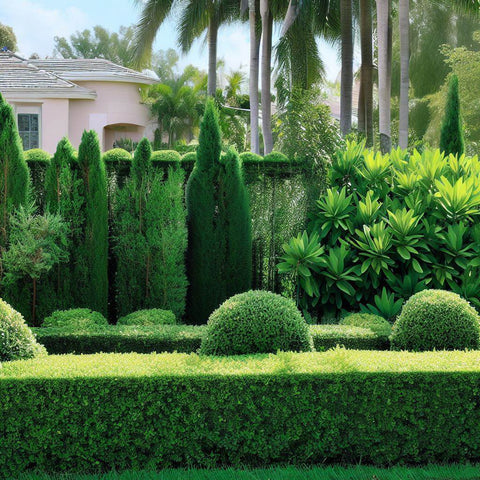
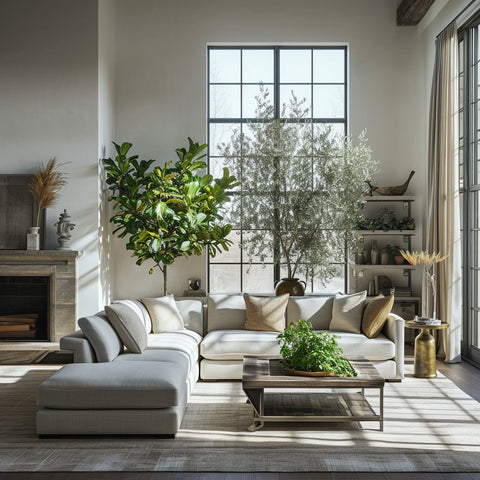
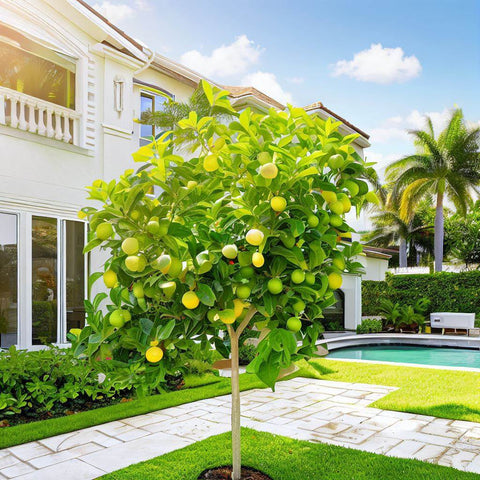
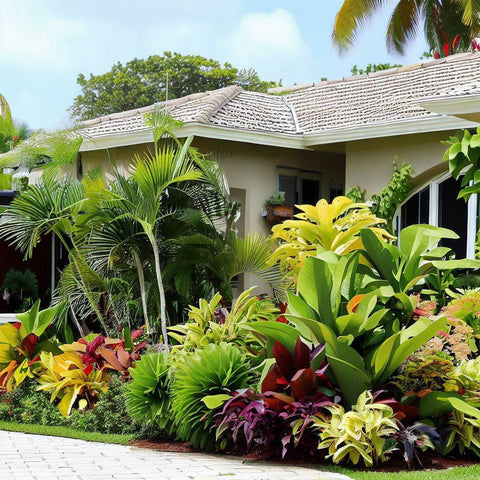

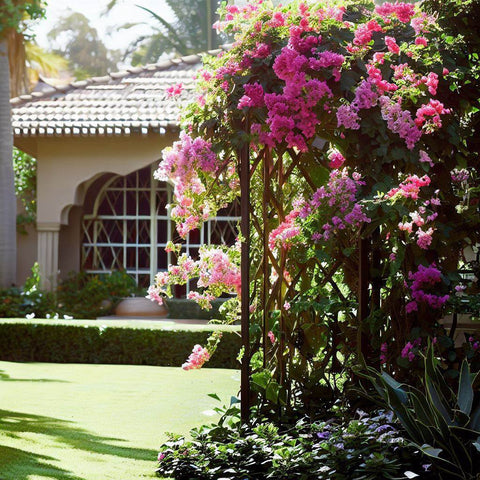
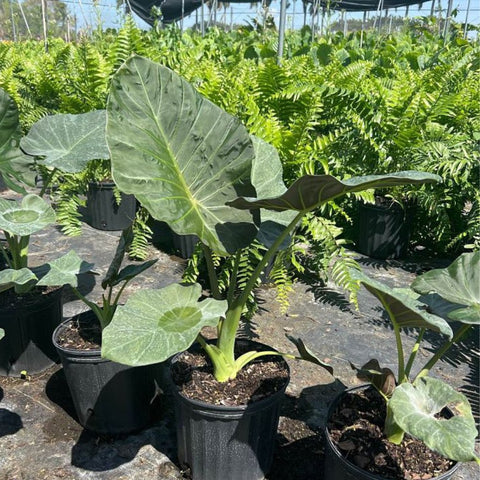
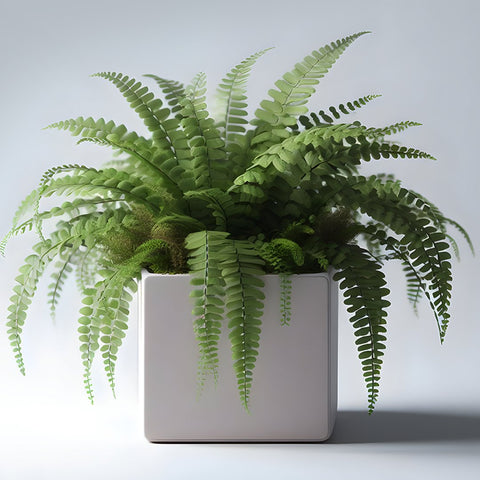


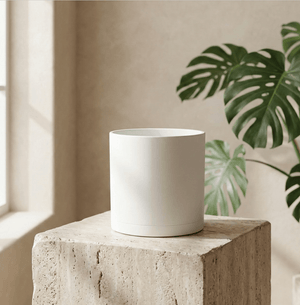
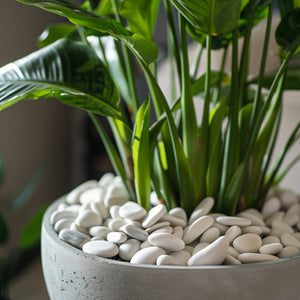
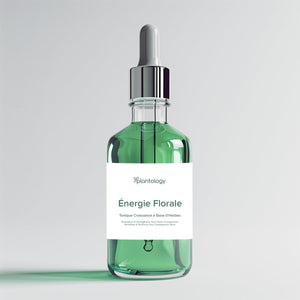
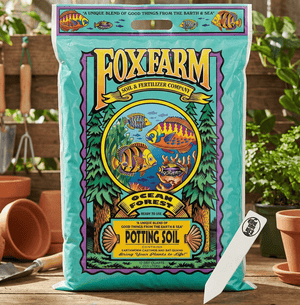
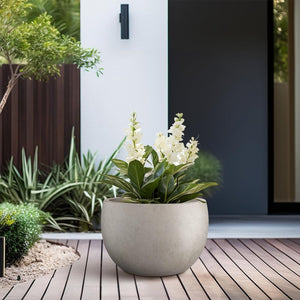
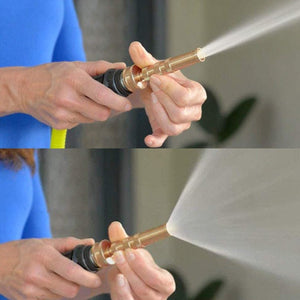
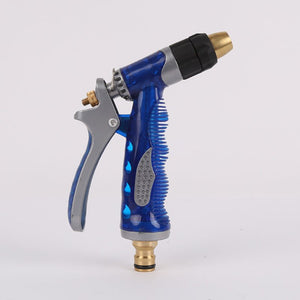
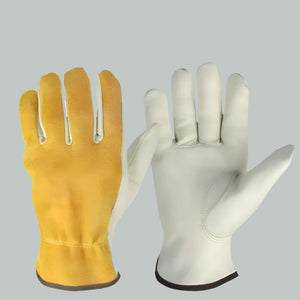
Comments (0)
There are no comments for this article. Be the first one to leave a message!